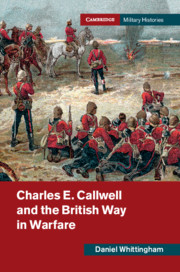Although the South African War was a colonial war, it aroused great interest abroad as a test of international morality. Both the Boer republics were signatories to the Geneva Convention of 1864, as was Britain, but the resources of these small countries were limited, for their populations were small and, before the discovery of gold in 1884, government revenues were trifling. It was some time before they could put even the most rudimentary organization in place. In Europe, public support from pro-Boers enabled National Red Cross Societies from such countries as the Netherlands, France, Germany, Russia and Belgium to send ambulances and medical aid to the Boers. The British military spurned such aid, but the tide of public opinion and the hospitals that the aid provided laid the foundations for similar voluntary aid in the First World War. Until the fall of Pretoria in June 1900, the war had taken the conventional course of pitched battles and sieges. Although the capitals of both the Boer republics had fallen to the British by June 1900, the Boer leaders decided to continue the conflict. The Boer military system, based on locally recruited, compulsory commando service, was ideally suited to guerrilla warfare, and it was another two years before the Boers finally surrendered. During this period of conflict, about 30,000 farms were burnt and the country was reduced to a wasteland. Women and children, black and white, were installed in camps which were initially ill-conceived and badly managed, giving rise to high mortality, especially of the children. As the scandal of the camps became known, European humanitarian aid shifted to the provision of comforts for women and children. While the more formal aid organizations, initiated by men, preferred to raise funds for post-war reconstruction, charitable relief for the camps was often provided by informal women's organizations. These ranged from church groups to personal friends of the Boers, to women who wished to be associated with the work of their menfolk.


